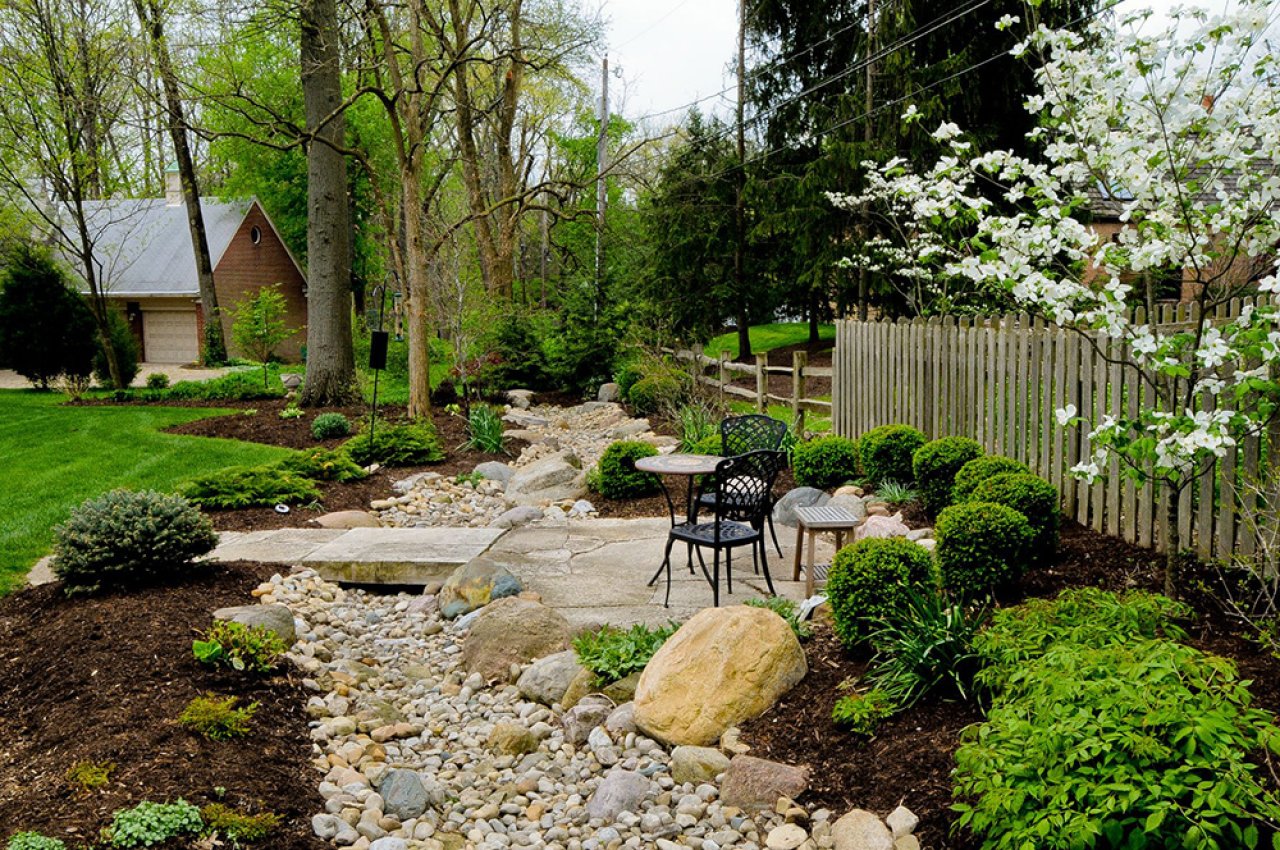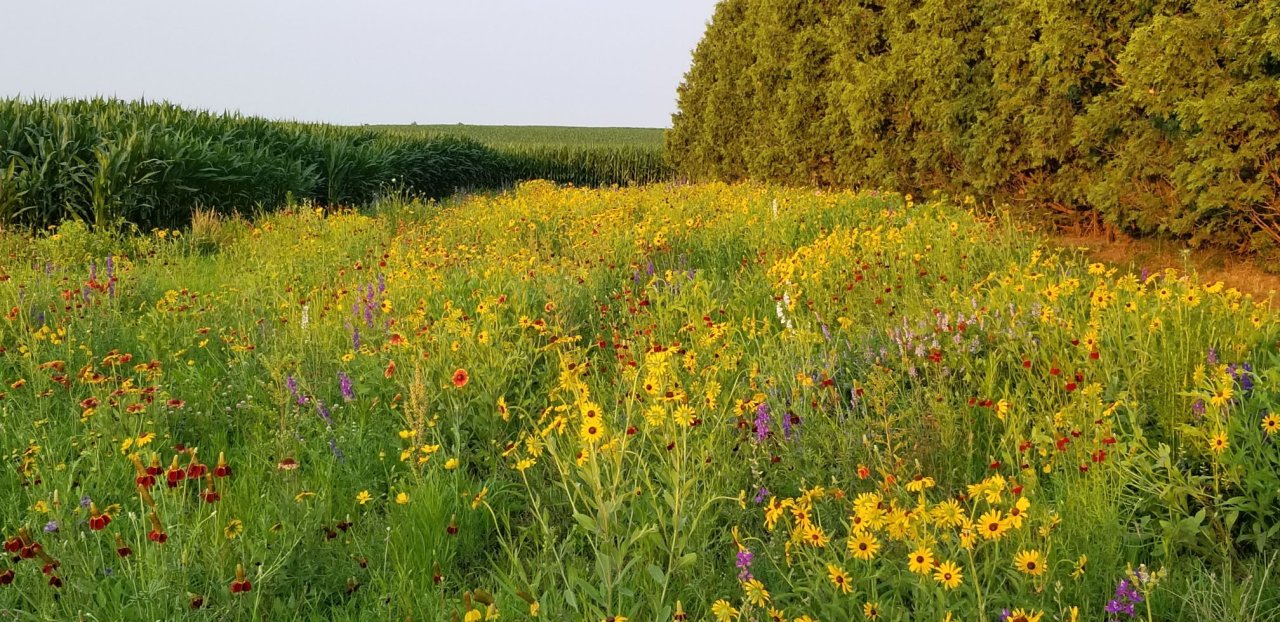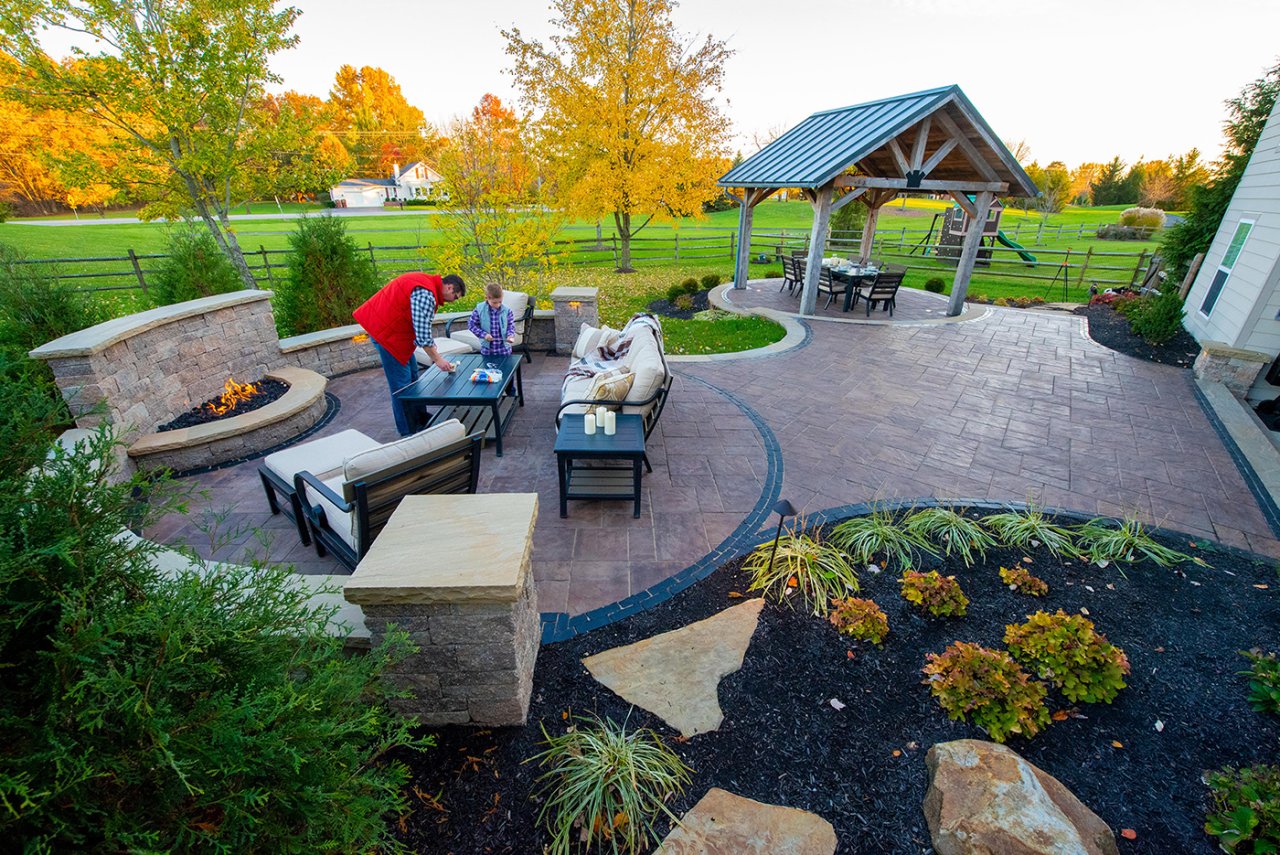
Landscaping To Improve Drainage Issues

Drainage may not be exciting to talk about when it comes to your landscaping, but it is necessary. If you find that there is standing water around your home after a heavy rain, chances are you could benefit from adding at least one of these drainage solutions to your yard.
Direct the Water Away – It is common to have standing water in areas around your yard right after a heavy rainfall, the important part is determining where and if it has a place to go. If you notice that the water is pooling next to your house or that it remains in the same spot for days after, it is likely you could need grading work around your foundation. Proper grading in your yard will be enough to direct water to flow away from your home yet subtle enough to feel as though you have a flat yard.
Assess the Location of Your Trees and Shrubs- Do you have large trees right next to the house? If so, they could be preventing the rainwater from being properly drained away. In addition to large plants- soil, gravel, and mulch piled up close to your home can leave extra moisture in the area leading to problems with your foundation or basement.
Consider A Drainage Pipe or Dry Well- If grading is not enough to solve your standing water issues, adding a drainpipe might be the answer you are looking for. Drainage pipes can take in substantial amounts of water and push it out to the edge of your property. Dry wells are also an option for areas that meet specific guidelines.
Add Ground Cover – One of the easiest ways to promote better drainage is to ensure that your ground is covered. The more coverage you have from various vegetation such as grass, mulch, and plants, the more water gets absorbed.
Use River Rocks – Having a dry-creek bed installed to redirect water adds style and is a terrific way to prevent pooling in uneven or low areas. River rock can also be used to create French drains that commonly deliver water to dry wells which hold excess water, allowing them to drain slowly back into the yard.
Plant a rain garden – A rain garden is simply a garden with plants and flowers that love water. If you have one specific area that always floods, make it a focal point in your yard.
Repave your driveway – Solid concrete or asphalt surfaces do not absorb water, so you are more likely to experience flooding around those surfaces. Permeable surfaces such as concrete pavers allow the water to pass through them and expose the ground to allow the water to drain better.
See more posts...


The Upside of a No-Mow Landscape




